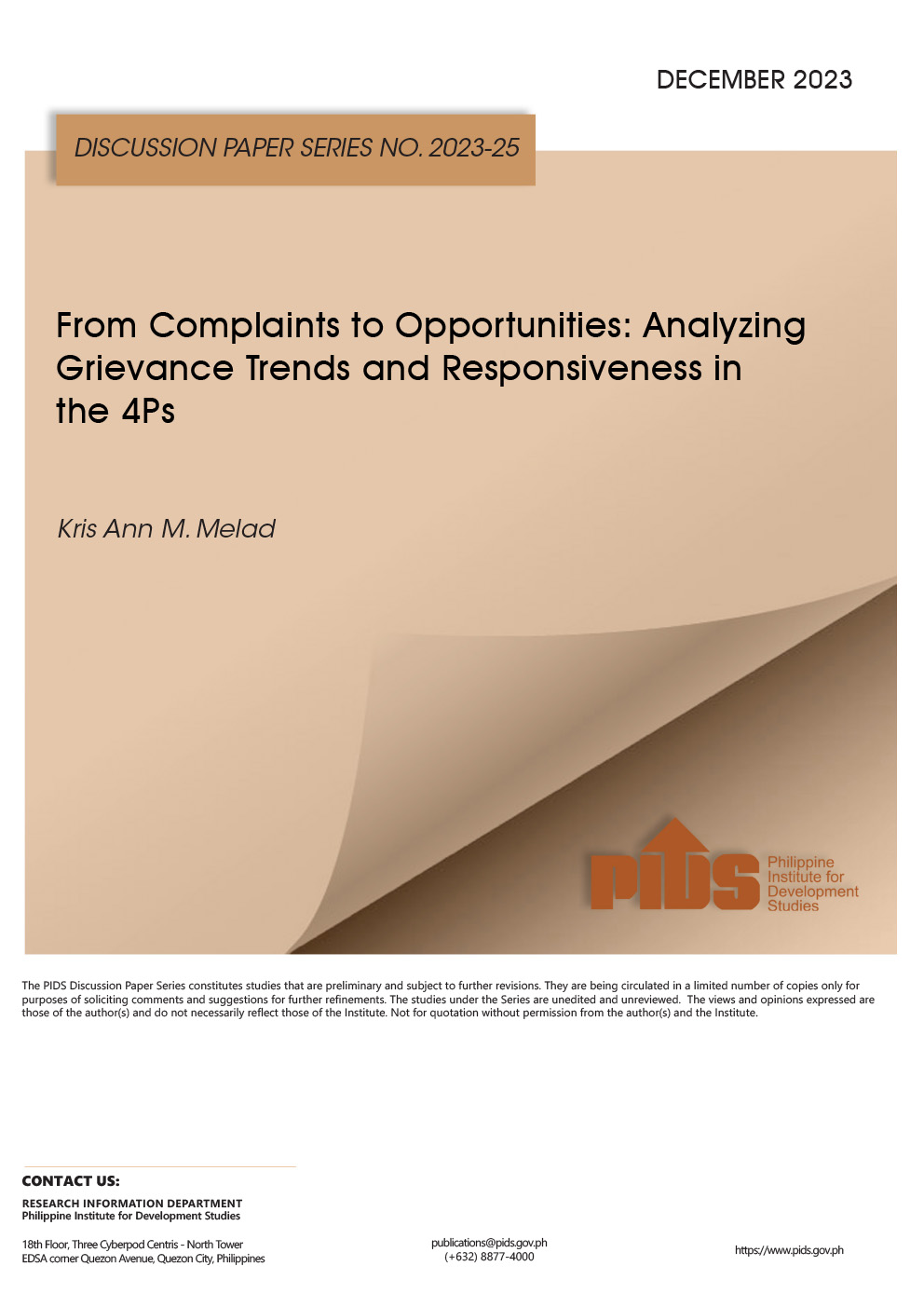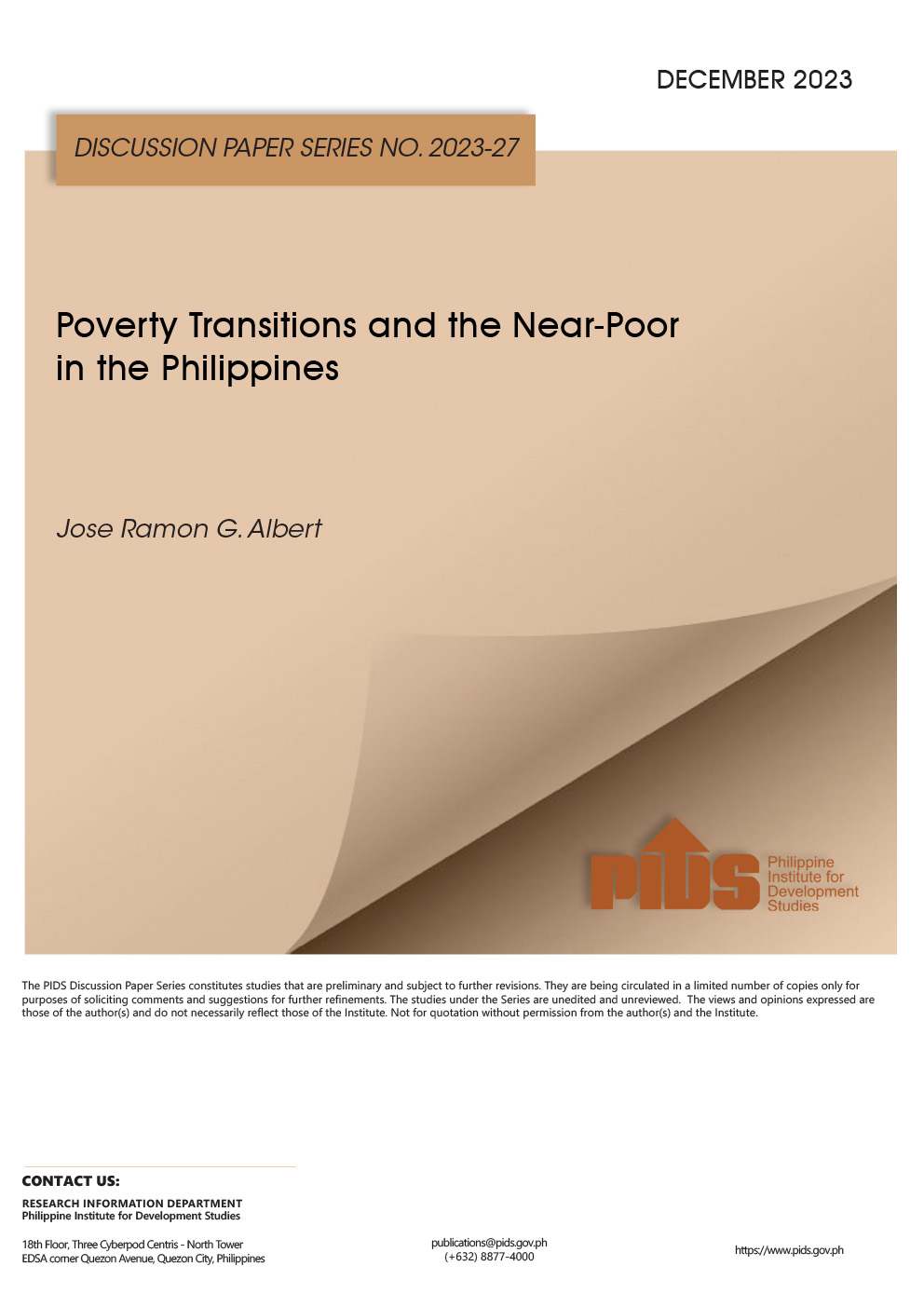I am coining new terms for those belonging to the middle class and low income segments of Philippine society – glamorized poor.
As an incoming senator, Raffy Tulfo was heavily criticized when he insisted that the middle class should be excluded from government subsidies since these people receive at least above minimum wage and therefore could handle the impact of inflation and could still afford to buy their needs.
It is not that simple however.
Members of the middle class may own cars and live in concrete houses, but many of them bleed from paying the bank monthly in terms of loan amortization and interest, and from paying rent. They pay their taxes correctly and on time, yet, are boxed out of government support since they are not poor enough.
According to the Philippine Institute for Development Studies (PIDS), the government’s socio-economic policy think tank, the middle class is actually classified into three – lower, middle and upper middle income.
In between the poor and the middle class is another social class called the low income whose members are not middle class but not considered poor.
If the family income is higher than the poverty threshold of P12,082 which is the minimum amount a family of five needs in a month to buy their basic food and non-food items, the government does not consider them poor.
On the other hand, the PIDS noted that the government defines the middle class as those earning income between two to 12 times the poverty level. This means that if the family income is between P24,000 and P145,000, this would fall in the middle-income class.
A 2018 PIDS study, meanwhile, revealed a number of facts about the middle class in the Philippines.
While it is true that they have significantly greater access to education, health and other services, most live in urban areas, have stable jobs, have higher educational attainment, have fewer children, and have cars, among others, but still, 23 percent rent while three percent live in the slums and make up 42 percent of the informal settlers in the country.
Given government’s limited budget at that time, it is understandable that it had to prioritize the poorest of the poor.
But then again, there are those belonging to the lower middle income class segment who lost their jobs or had fewer income opportunities but had to continue paying for their debts, for their child’s tuition, for rent and other utilities, but could not qualify for assistance because they are not part of the DSWD’s list of qualified beneficiaries.
The members of the middle class, especially those belonging to the lower and middle, are also the most diligent in terms of paying taxes because they are mostly compensation income earners who receive their pay after income taxes are withheld by their employers. On the other hand, there are those who belong to the poor and low income economic segments whose incomes are undeclared and are therefore not taxed.
Even the Public Attorneys Office (PAO) considers as qualified for legal assistance only those who are considered as indigent or those whose individual net income does not exceed P24,000 a month for those residing within the National Capital Region and P20,000 to P22,000 for those residing outside the NCR. A certificate of indigency from the DSWD and the office of the barangay chairperson must also be submitted to PAO.
Generally, public attorneys and PAO employees are prohibited from assisting parties who do not pass the indigency test, unless appointed by the court as counsel de oficio in criminal cases.
Even in terms of free housing, the national and local governments have focused their attention on the poor informal settlers, some of who have squatted on land belonging to private persons but have private cars, sari-sari stores and other businesses. In the meantime, members of the middle class still could not afford to have their own houses and continue to bleed from paying rent.
Even the personal income tax rates work against the middle class. From Jan. 1, 2023, under the TRAIN Act, those earning up to P250,000 are rated zero; over P250,000 up to P400,000, 15 percent; over P400,000 up to P800,000, 20 percent; over P800,000 up to P2 million, 25 percent; over P2 million up to P8 million, 30 percent; and over P8 million, 35 percent. Those earning P401,000 yearly are taxed at a 20 percent rate while those earning over P8 million are taxed at 35 percent.
If one is earning P401,000 a year, or P33,416 a month but is taxed at a rate of 20 percent, that means their net take home pay will be reduced by P6,683 a month, leaving only P26,733 a month which will not be enough to pay for rent, utilities, food, and other necessary expenses. On the other hand, if one is earning P8 million a year or P666,666 a month but is taxed at a 30 percent rate, that is still P466,666 a month.
Those in the middle class, being disqualified from financial support, whether directly or indirectly, from the government, are actually living a life worse than some of those belonging to the poor and low income segments.
We also have to further distinguish between those in the middle class who are employed by the private and the public sector. When those in the public sector retire from government, their pensions from the GSIS are much higher than those in the private sector who will be getting meager pensions from the SSS.
Helping the middle class may not be popular for our legislators or even for Malacanang. But the cry for help is becoming louder and louder.






